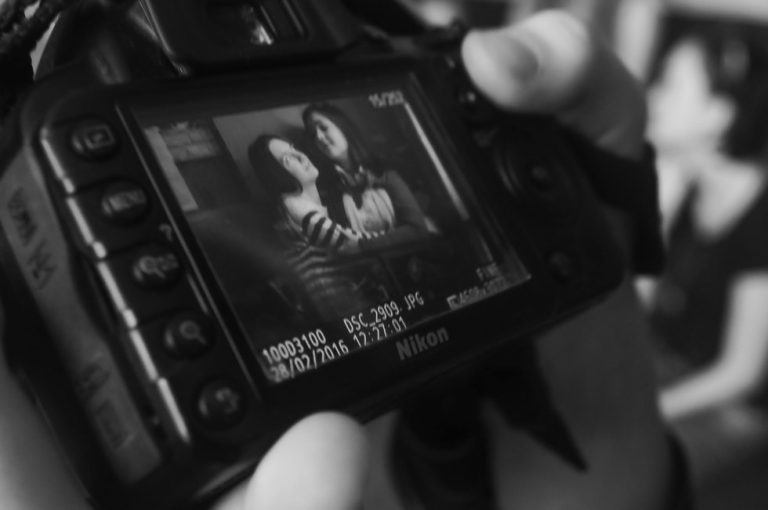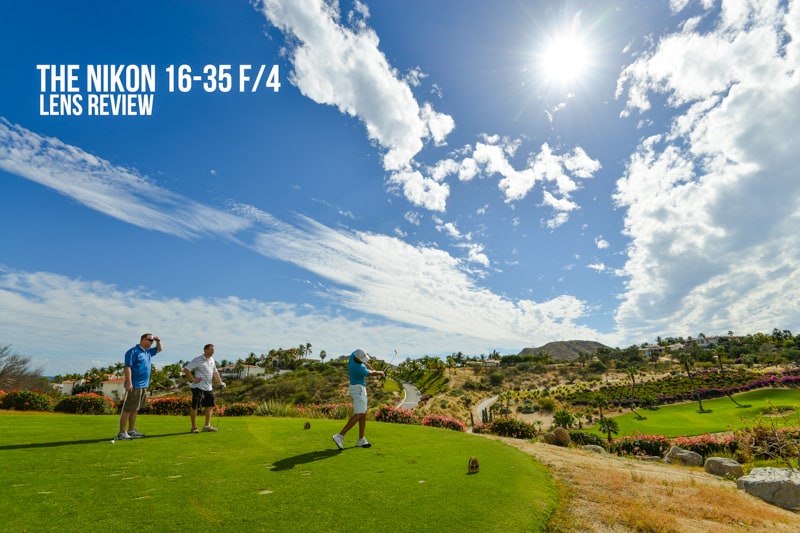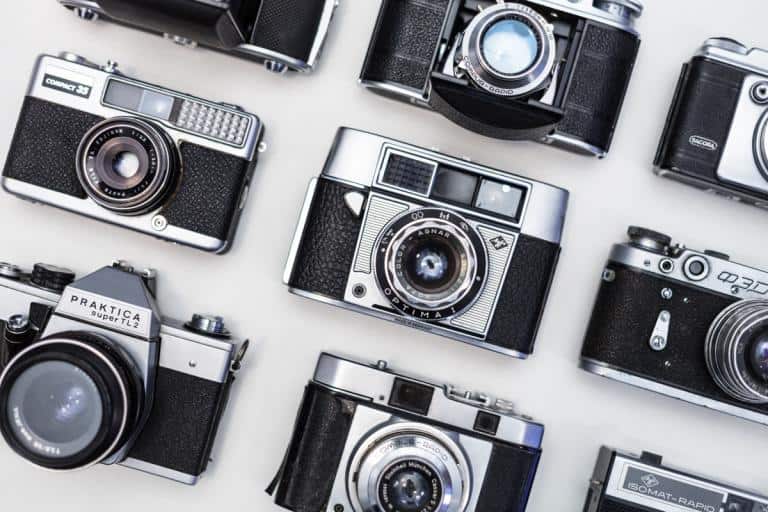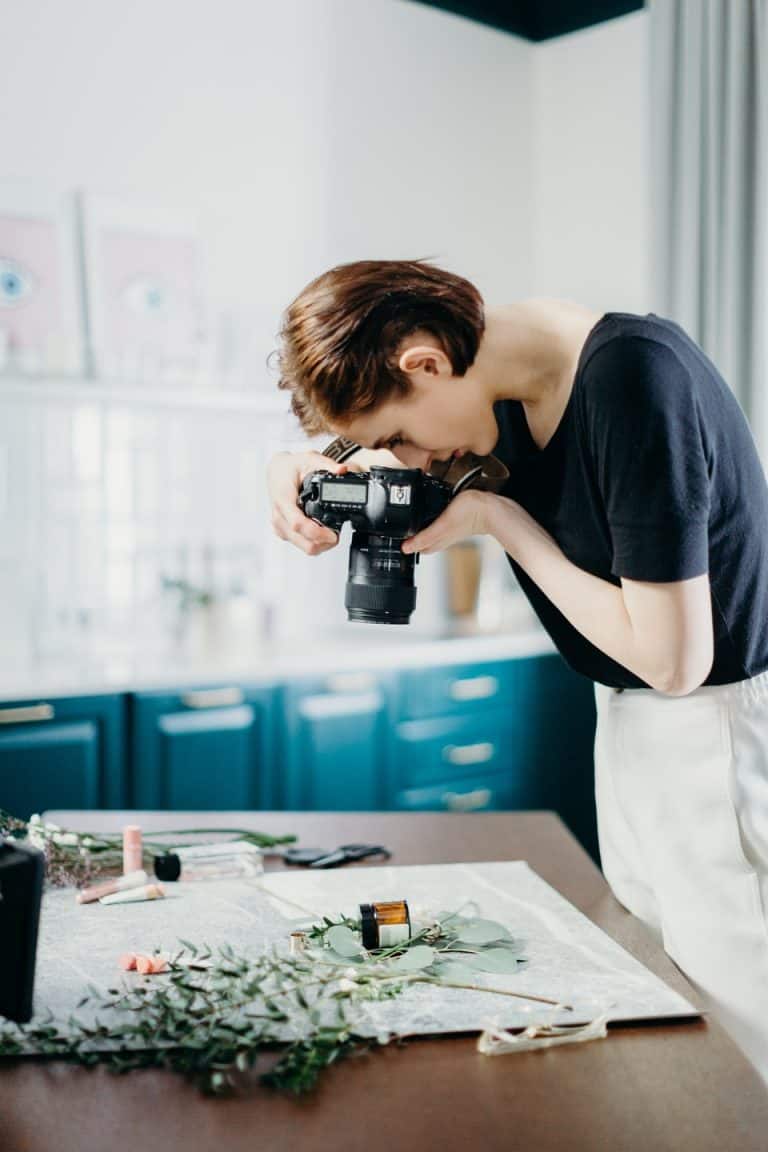What lens should you buy next? It all depends on your needs, budget, and style!
Read any photography forum and you’ll find the same questions get brought up over and over again. One of those is “what lens should you buy next?”
Lenses are expensive. No one wants to make a bad investment into a lens they won’t really use. Nor do we want to waste our money on a crummy lens only to need a better, more expensive lens down the road.
Deciding what camera lens should you buy next is a big decision. So let’s make it easier with great information!
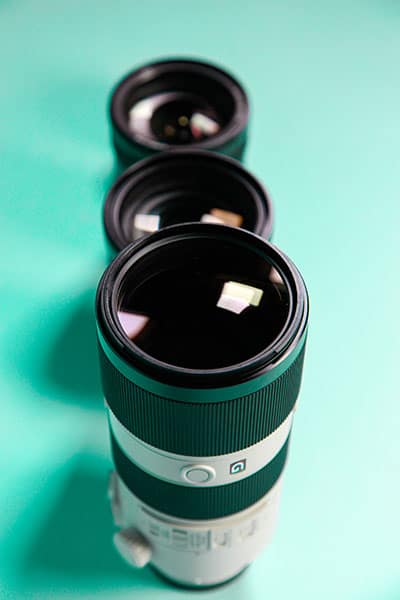
What lenses should every photographer own?
I get a little frustrated when I see other photographers telling each other “You need to get this lens!” Or “Every photographer needs a XX lens.”
That photographer might not even know a single thing about your business, style, goals or budget! Sometimes we really do just want to share what we know. Other times, photographers want to justify their own actions or are using those recommendations as a way to make money off endorsements or affiliate links.
So do your research on lenses before you slap down that credit card. Be clear about why you are buying a new lens, what focal length will serve you best and how that lens fits in with the rest of your gear. And finally, make sure the lens fits your budget and will help pay for itself.
But back to the original question. What lens should you buy next depends on your experience, your goals, your current equipment, your budget and your personal preferences. Be wary the expert that gives you blanket statements. Instead, know that the lenses every photographer should own should always start with the lenses they need.
Why are you buying the lens?
When I decide to buy a new lens, I’m usually motivated by one of these things…
- I have some extra money and I want a new lens just because.
- I see a deal that I just can’t pass up (independent of need!)
- I’m convinced a new lens will “fix” my work.
- All the other professionals I know shoot a ___________ lens
- My current lens isn’t performing up to my talent level or meeting my needs.
Let’s talk about these in order.
Lenses for fun
If you’re buying a new lens simply because you want to, hey, no judgment here! Last fall I splurged on a Nikon 200-500 f/5.6 lens just because I really thought it would be fun. And it totally is. But while I do use it for some jobs, it’s not something I really needed. It was something I wanted and had the budget for. If you have the money and the desire and want to invest in a new lens for fun…go for it!
If you see a price on a lens that you think is a great deal, be honest with yourself about your motivations. Don’t buy new gear just because it’s a good price. That’s a terrible reason for buying a lens or a camera body or anything else. Make sure it’s a piece of equipment you want, need and will use. Advertisers are savvy and will try to trick us into buying things we don’t need! Don’t let them! “But I got it on sale!” is not a good reason for buying something you didn’t need or really want, other than it was a good deal.
(Funny story…as I was researching this article, I fell into a rabbit hole of looking at used lenses. I saw a good deal on a lens I’ve always liked and had to force myself to close the browser…I don’t want or really need the lens. Bargains are my weakness.)
I’m convinced my lens will fix my work.
When I was just starting out learning photography, I would study the work of professional photographers and think “Oh, if only I had some really nice lenses, I could shoot pictures like that.”
Friends, it doesn’t work that way. Yes, a professional-grade lens may give you a better-quality image in terms of sharpness, clarity, and contrast. A longer focal length lens might get you closer. But that lens can’t improve your composition, use of light, posing, understanding of exposure, or creativity.
A new lens can improve your images. But it won’t make you a better photographer. I don’t care if you drop $2,800 on a Canon 35mm f/1.4 L-series lens. If you don’t know how to shoot the image you want with a kit lens, you aren’t going to be able to shoot it with a $3,000 lens either.
All the other photographers are doing it
Don’t try to keep up with the photography Jonses. Buy what you need for your business and goals, not because you’re jealous of all the other folks in your photography group with their gear. Chances are they only purchased that lens because they were trying to keep up with their peers. Then you both have a bunch of money tied up in equipment you don’t really need.
My current lens isn’t meeting my needs
This is the best reason to know what camera lens should you buy next…actual need. Maybe you’ve been honing your craft with some introductory gear for a while now. Your talent exceeds your lens’ capabilities or you’ve narrowed down a genre of photography that your current gear isn’t suited for. You might also have upgraded your camera and want to take advantage of it’s capabilities with better lenses.
These are all great reasons to start researching lenses. These are needs. The other stuff is just wants. Be careful of those wants…they can lead to poor decisions, spending money you don’t have and buyer’s remorse down the road.
‘Nuff said.
Accelerate mastering your camera with our Photography Fast Track Course!
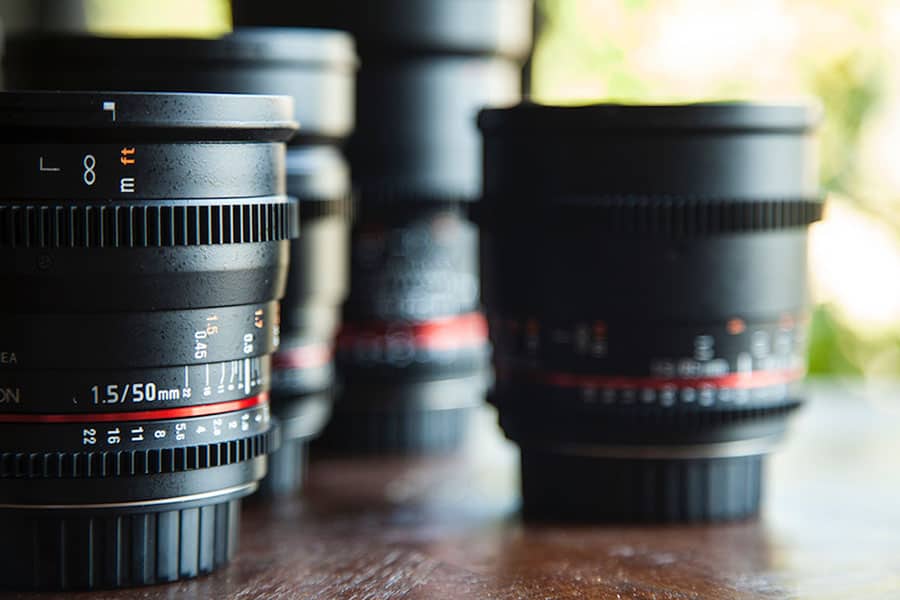
What are kit lenses? Are they really that bad?
There is no shame in using a kit lens. None!
But kit lenses, or those inexpensive lenses that come with entry level or prosumer level cameras, do have limitations. They aren’t as sharp and lack clarity and contrast of a pro-grade lens. Kit lenses are also have narrow, variable appertures. That means the aperture changes depending on your focal length. And finally, they simply aren’t built to withstand the rigors of professional shooting.
If you have a kit lens and use it to shoot the images you want, that’s awesome. Don’t buy a new lens just because you think that’s what you should do. But if you feel you’ve come as far as you can with your kit lens, it’s probably time to upgrade.
Types of Lenses and what they work best for
Lenses fall into a few different categories, according to their purpose and focal length. What lens you need depends on what you want to shoot now and in the near future.
Don’t forget to factor in the crop factor of your particular camera, if you’re shooting a crop-body sensor.
Wide Angle Lenses: 12mm-40mm
Wide-angle lenses do just that…give you a wide view of the world. They are great for taking in large scenes or shooting in tight spaces. They will distort your scene to some degree, so they aren’t typically as flattering for portraits. These lenses are best suited for real estate photography, landscape photography, indoor events, photojournalism.
Portrait Lenses: 50-135mm
The 50mm lens offers us a view as close to what we see with our eyes. The portrait focal length is more flattering for people and portraits because it distorts the subject less. These lenses also start to compress the image from front to back, which is flattering for portraits. A lens in this focal length is suited for portraits, outdoor events and indoor or close up sports.
140-200 mm: Telephoto Lenses
This focal length starts bringing the world closer to you! This length is great for shooting subjects at some distance from you. Lenses in this range are really flattering for portraits, but may be too heavy to use hand-held for extended periods of time. They’re great for outood portraits, some wildlife and outdoors sports as well as close ups of events.
200-600mm: Super-telephoto lenses
These are the telephoto lenses’ jacked up big brothers. I joke that I can see our neighbor’s doorbell from across the highway with my super-telephoto lens. They are great for shooting subjects at long distances. But they are big, heavy, and the really nice ones cost big money. Super-telephoto lenses are usually used for wildlife and outdoor sports.
Specialty lenses
There are also specialty lenses like macro lenses, fish-eye lenses, and tilt-shift lenses. Macro lenses are great for close up, detail work, while fish-eye and tilt-shift lenses are better suited for wide-angle work. These lenses are fun to have but not something I recommend buying straight out of the gate.
Prime vs. Zoom
Once you’ve narrowed down a focal length range, you’ll want to decide if you want a prime lens or a zoom lens. For a full break down of the prime vs. zoom debate, check out this tutorial.
In brief, prime lenses tend to be faster (larger maximum aperture) and a teensy bit sharper than zoom lenses. They also come with less distortion because they are optimized for a single focal length, not a range of focal lengths. And a really great prime lens in some focal lengths can also be bought for less than an equivalent quality zoom lens. But zoom lenses are really versatile and give you lots of different focal lengths in the same lens.
Both are great and work well for lots and lots of photographers. It comes down to personal preference.

So what lens should you buy next? Recommendations on building a kit
If you’re ready to upgrade your glass and invest in a new lens, below are my recommendations on how to start adding to your stable of lenses. I’m going to assume that you’re ready to upgrade but haven’t locked in on exactly what you want to focus on in terms of a type of photography.
My recommendations:
Go general first
First, get a fast, quality all-purpose lens. I recommend the 35mm f/1.8 or the 50mm f/1.8 lens. Both of these lenses can be bought for less than $400 for most cameras and are fast and high quality. You lose the zoom capability of your kit lens, but you’ll gain a ton of quality for not very much money. If you’re more of a story-teller (photojournalism, wide pullbacks, environmental portraits) choose the 35mm. If you like more close up portraits or tighter shots, try the 50 mm f/1.8 lens. The 24-70mm f/2.8 zoom is another great option, but is the most expensive of these options at about $1,800 new for a Nikon or Canon version.
Then you can specialize
Then, once you’ve been shooting for a while and narrowed down what you want to focus your photography on, invest in a second lens. This next lens should suit the type of photography you love and want to do more of and ideally, it would offer a different focal length than other lenses in your kit.
Prioritize income generation and immediate need
You aren’t going to meet every single need and want with a single lens. It just doesn’t work that way. So prioritize what lens should your wish list based on income generation and/or immediate need.
If you’re a professional photographer trying to make money with your work, always prioritize your lenses based on what’s going to help you make the most money. What’s going to yield a greater and more immediate return on your investment? A macro lens is a lot of fun to own, for example, but probably not an immediate requirement unless you plan to specialize in macro work.
Prioritize your lens acquisition based on your immediate need.
What are you getting paid to shoot in the next three to six months that you need a new lens for? Too many photographers get caught up in the “But what if I want to shoot XX” game and become paralyzed with indecision. As in “Well, I shoot family sessions right now, but I MIGHT want to get into real estate photography.”
If you’re shooting primarily family sessions right now, get the best lens you can afford that’s going to benefit you shooting family sessions. If you decide to have a go at real estate photography, you can rent a lens to build your portfolio and invest in a quality wide-angle lens down the road.
Likewise, if you want a lens to primarily photography wildlife, invest in a telephoto lens that’s going to accomplish those goals. If you decide that you want to do macro photography in six months, save up and buy a macro lens.
Finally, while you build up your stable of lenses, try not to duplicate focal lengths. Spending more money to do a job that the lens you currently own can handle isn’t cost-effective. And don’t stress out about not having every single focal length covered. For example, if you have a 35mm and a 70-200mm lens but are missing the 50 mm range, don’t stress it. There will be times when it might be convenient to have a 50mm lens, but you can still make the other two lenses work well for you!
Borrow or rent
If you can, borrow or rent your top contender lens for a few days. See how it handles on your camera and if you’re getting the results you want from it in terms of field of view, contrast, clarity, etc.

Buying used or third party or older versions of lenses
One way you get into better glass faster is to buy a third-party lens or a used lens. Both can be great options.
Third-party lenses
Third party lenses have come a long way in a short amount of time, particularly Sigma and Tamron. Even twelve or thirteen years ago, third party lenses were slow, clunky and not very reliable. Today, you can get an amazing third-party lens for sometimes as much of a third of the price of a brand name lens without sacrificing any quality.
The one downside of third-party lenses is that you can’t ensure they’ll be compatible with future cameras made by the brand names. And they don’t always hold their value as well as a brand-name lens.
Used lenses
Used lenses are another option to consider when wondering what lens should you buy next. You can realize some serious savings by purchasing a used model! Always buy from a reputable source. If buying online, always get a product with a warranty and make sure there’s a strong return policy should you need to use it.
Here are some great places for used lenses:
- Keh.com
- Adorama Used Department
- B&H Used Department
- Amazon Used Department
- MPB
- Lens Authority
- Your Local Camera Store
- Ebay (read the seller’s ratings, return policy, etc.)
Learn how to save money with used equipment without getting scammed!
Refurbished lenses
Some manufacturers offer refurbished lenses. These lenses have been returned to the manufacturer by consumers and can’t be sold as new. But the manufacturer cleans them up, ensures they are in good working order and sells them at prices less than what you’d pay for new items. The lens should be in great working order when you get it!
Lenses aren’t forever
It feels really daunting to fork over a bunch of money for a lens. So it feels like a lot of pressure to make sure we make the right decision.
Friends, don’t stress yourself that much. Yes, lenses are expensive. But you’re not locked into a lifetime relationship with the lens. If you buy a lens that’s not meeting your needs after a while, sell it! You don’t have to keep it forever. Use the money from that lens to purchase your next lens!
You probably won’t get every penny you invested into the lens back, especially if you purchase a new lens. But if you buy a lens for $800 and sell it in a year for $600, that lens cost you $200 to use for a year. Most lens rentals cost around $60-$90 to rent for a week.
Think of your lenses like a sports team. Hire the best guy you can get at the time and together you’ll win games. Use your salary cap wisely and invest in your superstar lenses, then build your team around those standouts. But if a lens isn’t pulling it’s fair share of the weight, trade it to another team to get what you need.
What lens should you buy next? It depends!
Buying a new lens is exciting and a little terrifying if you’ve never done it before. To make taking that leap easier, make sure you’re buying a lens you need versus one you simply want. If it’s a want, ask yourself if there are better resources you can spend your money on to improve your photography, like books, online classes or seminars.
Then educate yourself to determine what lens you want. Read and watch lens reviews. Look for reviews by working photographers with experience. Don’t be afraid to consider a third-party, refurbished or used lens if you’re on a budget! I always recommend buying the best glass you can afford at the time, even if it’s a used lens.
Remind yourself that you aren’t singing a 30-year mortgage on a house. There’s no rule saying you have to keep this lens forever. If it’s not meeting your needs, sell it. If you aren’t using it because there’s something about the lens you don’t like, sell it! Find yourself with some extra money down the road? Buy a better version of the same lens (f/1.4 vs. f/1.8) and sell your entry-level lens to another up-and-coming photographer. They’ll be appreciative of the equipment and you can upgrade your kit.
And finally, remember lenses are a tool for your photography. The photographer’s knowledge of light and composition subject matter makes an image, not the gear. A single lens won’t turn you into a successful photographer and business owner. That only comes with hard work, dedication to the craft and lots of practice.


